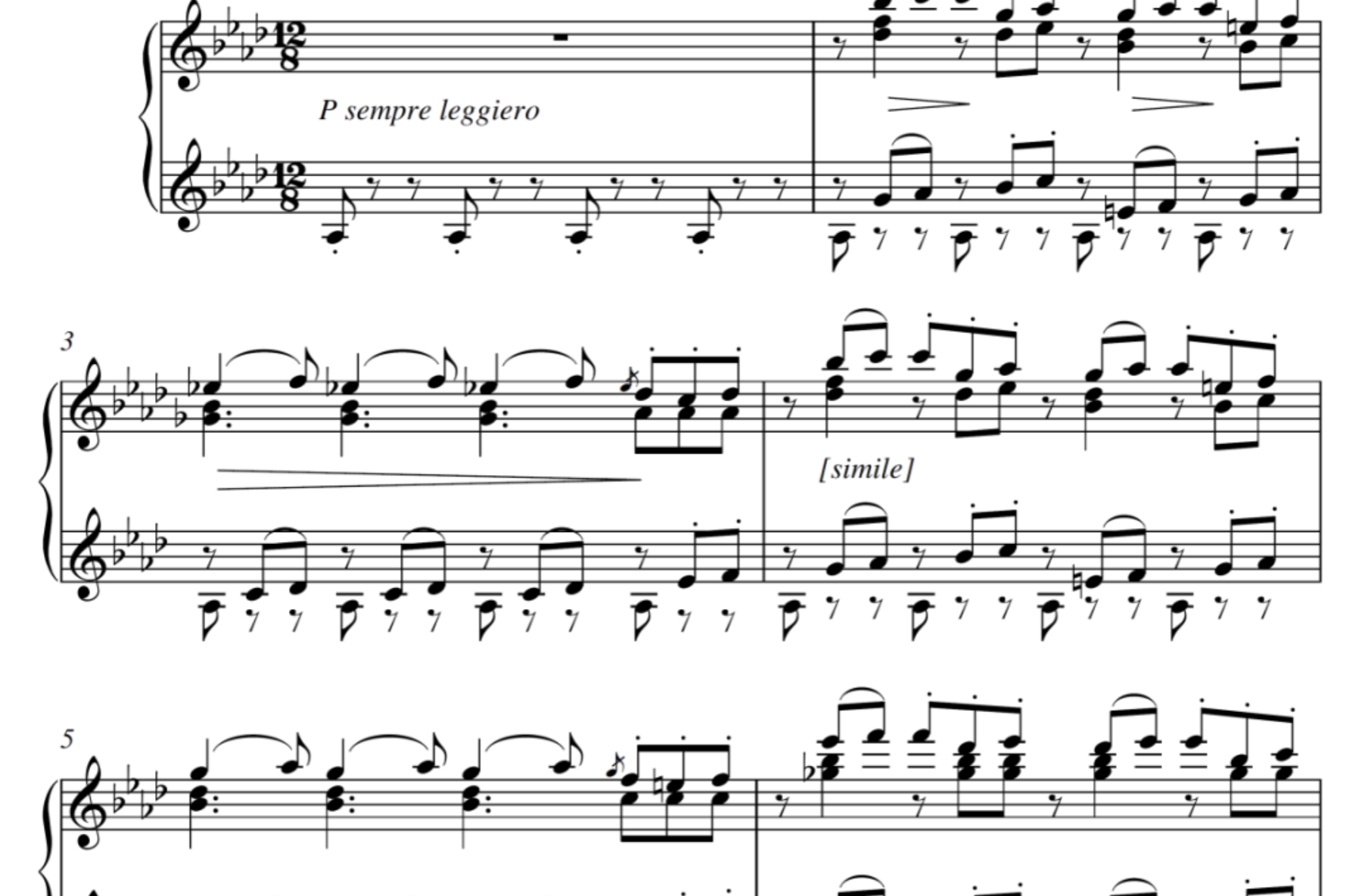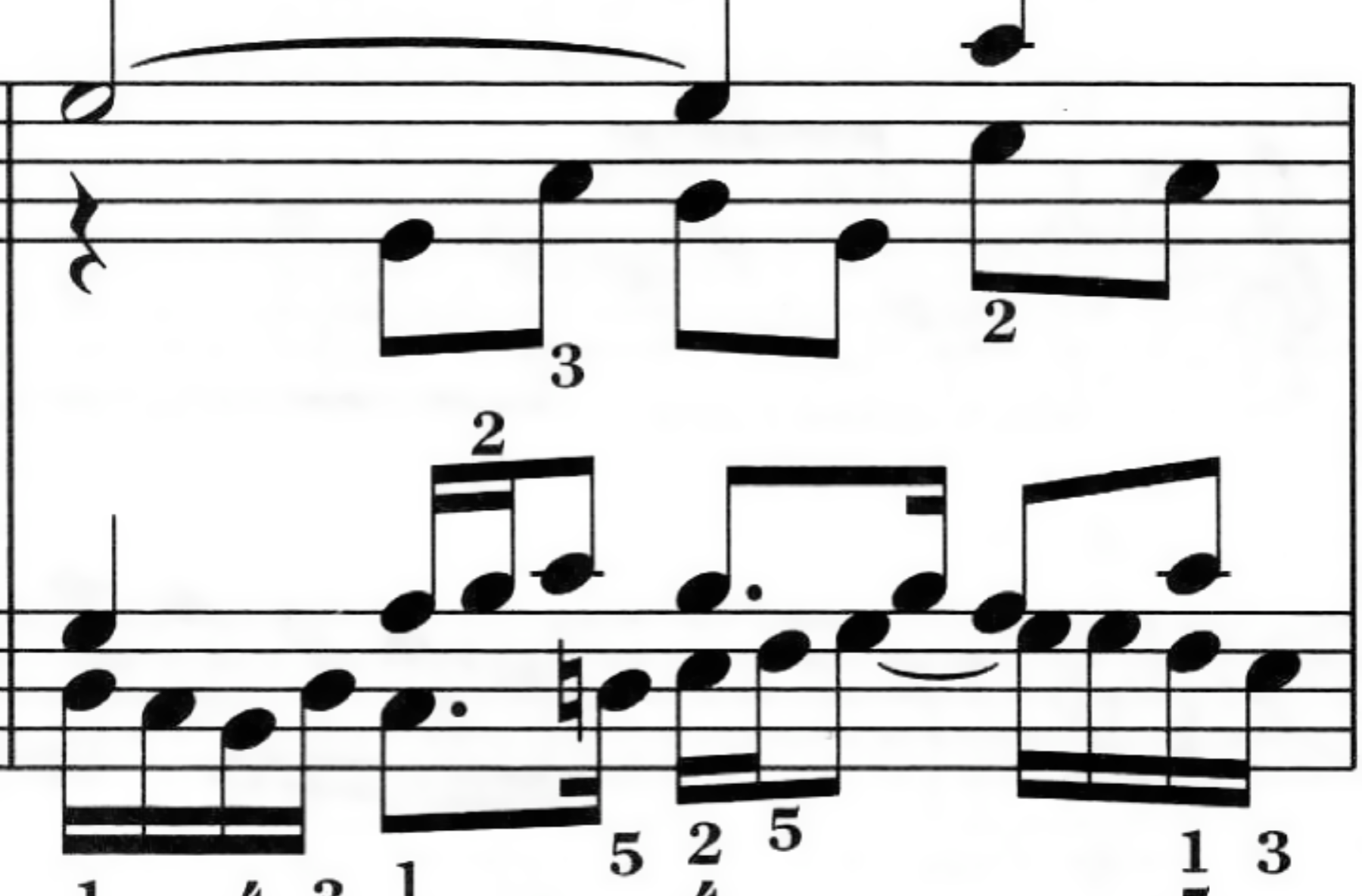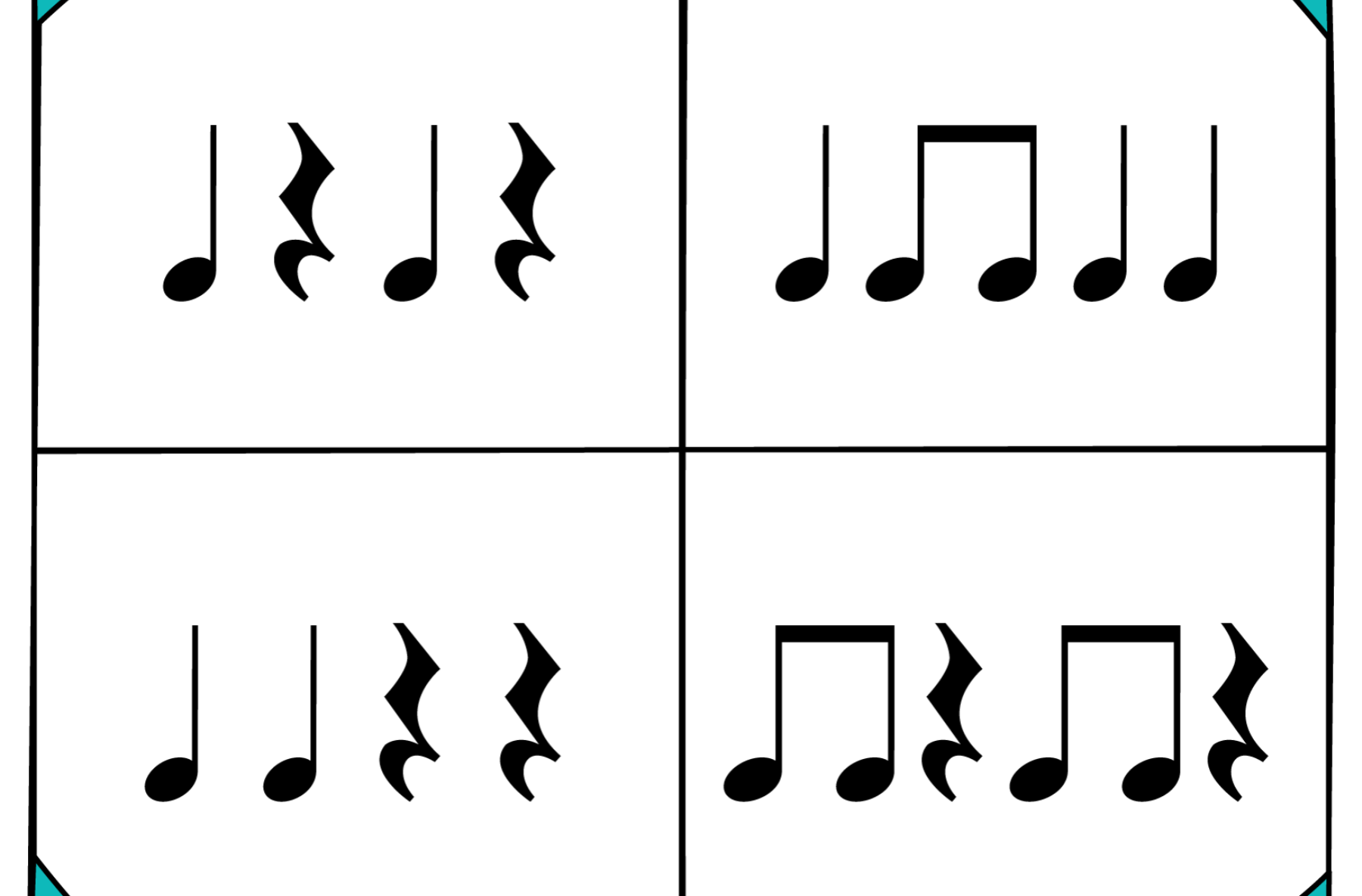Arranging chords is an important aspect of songwriting as it helps create the overall structure and feel of a song. Join us as we break down the complexities of chord arrangements and reveal the techniques used by our students and top songwriters across all genres. If you’re looking to unlock the secrets to creating captivating chord structures, check out our songwriting programs at pointblank Music School. From catchy pop tunes to soul-stirring ballads, our expert pointblank instructors will guide you on a musical journey like never before.

Alright, here are some tips on how to arrange chords in your songwriting:
1. Determine the key and scale

Before you can arrange chords, you need to know the key and scale of the song. This will give you a framework for creating chord progressions that sound good together. Determining the key and scale is the first step in arranging chords for a song. To determine the key, you need to identify the main note or “tonic” of the song. Once you have identified the tonic, you can determine the scale that the song is based on, such as major or minor. This will help you choose chords that are compatible with the key and scale of the song.
2. Create a chord progression

A chord progression is a series of chords played in a specific order. There are many different chord progressions to choose from, and you can use online resources or experiment to find what works best for your song.
Here are some common chord progressions to consider:
- I-IV-V: This is one of the most common progressions in popular music. In the key of C, this would be C-F-G.
- I-V-vi-IV: This is another common progression. In the key of C, this would be C-G-Am-F.
- I-vi-IV-V: This progression is often used in ballads and slow songs. In the key of C, this would be C-Am-F-G.
- ii-V-I: This is a common jazz progression. In the key of C, this would be Dm-G-C.
- vi-IV-I-V: This is a common progression in pop and rock music. In the key of C, this would be Am-F-C-G.
These progressions are just a starting point, and you can experiment with different chords and variations to find what works best for your song.
3. Vary the chord progression

To keep the listener engaged, it’s important to vary the chord progression throughout the song. This can be done by changing the order of the chords, adding new chords, or removing chords altogether.
Varying the chord progression can create interest and prevent the song from sounding repetitive. Here are some ways to vary the chord progression:
- Use different chords: Try replacing some of the chords in the progression with different ones to create a new sound.
- Add new chords: Consider adding chords that are not in the original progression. For example, you could add a chord that’s not part of the key to create a surprise.
- Change the order of the chords: Experiment with rearranging the chords to create a different feel or mood.
- Change the rhythm: Alter the rhythm of the chords to create a new groove or to emphasize certain elements of the song.
- Use inversions: Inversions are chords that have the notes in a different order. Using inversions can create a different texture and sound for the progression.
4. Use different voicing

A chord can be played in many different ways, and using different voicing can create a new and interesting sound. Experiment with different inversions, arpeggios, and strumming patterns to find what works best for your song. Different voicing can definitely add variety and interest to a chord progression. It’s also important to consider the context of the song and what type of voicing would work best for the instrumentation and overall sound.
5. Consider the melody

The melody of the song should also be taken into account when arranging chords. The chords should complement the melody and create a cohesive sound. When arranging chords, it’s important to consider the melody of the song. The melody and chords should work together to create a cohesive and pleasing sound. You can try experimenting with different chord progressions and voicing until you find ones that work well with the melody. Sometimes, adjusting the melody slightly to fit the chords can also help create a more cohesive sound.
6. Use bridges and choruses

Bridges and choruses are important parts of a song that can help create a sense of resolution or contrast. Consider using different chord progressions for the bridge or chorus to create a distinct sound. The bridge and chorus are both sections of a song that can add variety and interest to the chord progression. A bridge is typically used to connect two different parts of a song and often features a different chord progression than the verse or chorus. This can help create contrast and build tension before returning to the main chord progression.
A chorus, on the other hand, is a repeated section of the song that typically features the same or similar chord progression each time it is played. The chorus is often the catchiest and most memorable part of a song, and the chord progression should be designed to support and enhance the melody and lyrics.
When arranging chords, it’s important to consider the role that the bridge and chorus will play in the song and make sure that the chord progressions used in these sections complement and enhance the overall composition.

Remember, there are no strict and fast rules when it comes to arranging chords in songwriting. Use your creativity and experimentation to create something that is unique and authentic to you. And if you’re looking to further your songwriting skills, be sure to check out our songwriting programs as well as our music composition program, offered at our L.A., London, and Online campuses.
Register to Access Free Courses, Plugins, Projects, Samples & More
When you register with pointblank, you access an array of free sounds, plugins, online course samples and much more! Simply register below and visit our Free Stuff page to get your hands on a range of exclusive music-making tools and tutorials provided by the team. Fill your boots!
